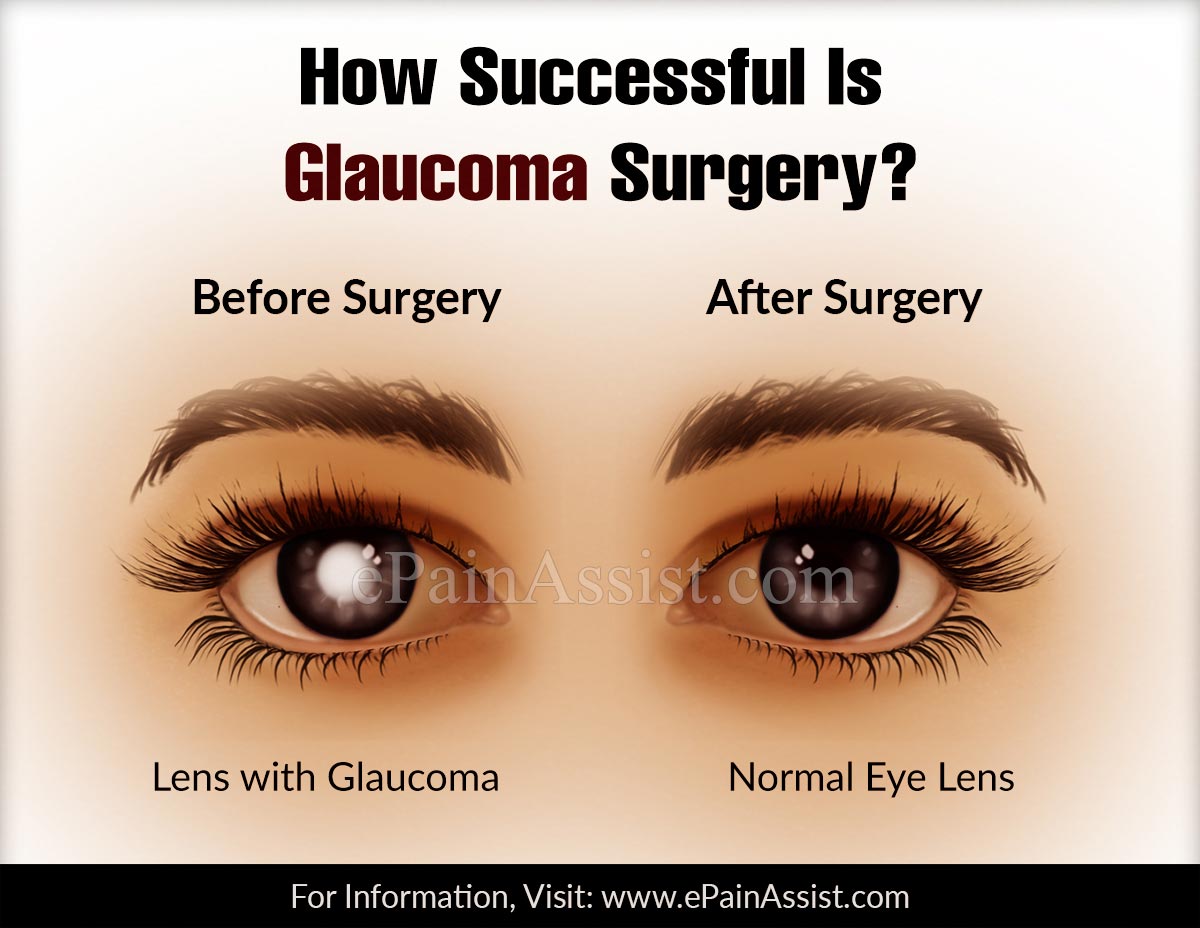Glaucoma is a chronic eye condition that causes gradual vision loss due to irreversible damage of optic nerve, which is caused by increased intraocular pressure. Glaucoma if not treated will continue to damage optic nerve fibers, which transmit images to the brain, and will lead to loss of vision causing permanent blindness. The treatment of glaucoma; be it eye drops, laser or incisional surgery aim at lowering intraocular pressure to prevent/slow optic nerve damage.
Generally, the first line of treatment for glaucoma is medications followed by laser and other surgical procedures if glaucoma is not controlled with conservative treatment. Surgery involves laser or incisional surgery and usually laser surgery is recommended prior to incisional surgery as laser is less invasive. In laser, a focused light beam is used to release intraocular pressure by treating trabecular meshwork. Various laser surgeries used to treat glaucoma are selective laser trabeculoplasty (SLT), argon laser trabeculoplasty (ALT), laser peripheral iridotomy (LPI) and laser cyclophotocoagulation.
In incisional surgery (filtering surgery), an artificial drainage hole is created in sclera with procedures such as trabeculectomy or sclerostomy to release intraocular pressure. Aqueous shunt devices, which are used as artificial drainage devices are also becoming popular at reducing intraocular pressure. The examples of shunts used are Ahmed shunts (valved) or Baerveldt shunts (non-valved). There are also newer procedures known as minimally invasive glaucoma surgery (MIGS) that hold promise at treating glaucoma. A few examples of MIGS devices are Trabectome, iStent and CyPass Micro-Stent.
Trabeculectomy is the most popular incisional surgical procedure for the treatment of glaucoma. Trabeculectomy involves partial removal of trabecular meshwork (the clogged drainage system) with the help of incisions to release the intraocular pressure (IOP). Hence, a new drainage pathway for aqueous humor is created and this fluid collects under the upper conjunctiva in a bleb. The fluid enters blood circulation through capillary network, thus lowering the intraocular pressure.
Trabeculectomy is performed when other treatment options such as medications, eye drops or laser surgery are not effective at lowering the intraocular pressure and preventing vision loss. The surgery aims at decreasing intraocular pressure in open angle glaucoma by opening trabecular meshwork. In closed angle glaucoma, the intraocular pressure is reduced by creation of small holes in the iris. In patients with severe visual impairment, the intraocular pressure is reduced by the removal of ciliary bodies that are responsible for the production of aqueous humor, thus decreasing fluid production.

How Successful Is Glaucoma Surgery?
Incisional surgery has shown an incredible success rate and usually 50% percent patients do not require additional medications post-surgery. Studies have shown that the success rate for incisional surgery is about 70 to 90% for a year after the surgery. The success rate for incisional surgery highly depends on patient factors such as age of the patient, stage of the disease/amount of damage to the optic nerve and type of glaucoma; and also depends on the surgical technique used.
The success rate and survival rate of trabeculectomy decreases with time as the artificial holes created at the time of surgery begin to close/heal thus increasing intraocular pressure all over again. The healing is rapid in younger individuals due to their stronger wound healing system as compared to older individuals. In such cases, anti-wound healing drugs or antimetabolites are used to slow the healing process in the wound. The antimetabolite drugs that are commonly used are mitomycin-C and 5-Fluorouracil (5-FU), which have successfully increased the success rate and survival rate of these surgeries. The 5-year success rate of trabeculectomy with antimetabolite is around 49% and is only 26% without antimetabolites.
In most instances, glaucoma surgery is effective, but there may be certain complications, such as infection, wound leak or bleeding that might affect the success rate of glaucoma surgery. Therefore, surgery is attempted in those cases who do not respond to conservative treatment. Other possible side effects of surgery include loss of vision, sensitivity to light, long-term inflammation/irritation of the eye, low eye pressure, scarring, cataract and/or need for more surgery.
- American Academy of Ophthalmology. (2021). Glaucoma Surgery: Trabeculectomy. https://www.aao.org/eye-health/treatments/trabeculectomy
- Glaucoma Research Foundation. (2021). Glaucoma Surgery: Trabeculectomy. https://www.glaucoma.org/glaucoma/trabeculectomy.php
- All About Vision. (2021). Glaucoma Surgery. https://www.allaboutvision.com/conditions/glaucoma-surgery.htm
- American Academy of Ophthalmology. (2021). How Successful Is Glaucoma Surgery? https://www.aao.org/eye-health/treatments/how-successful-is-glaucoma-surgery
Also Read:
- Glaucoma: Causes, Types, Signs, Treatment- Surgery, Laser, Filtering, Drainage Implants
- How Can You Avoid Getting Glaucoma?
- Is Glaucoma Serious?
- How Does Glaucoma Affect Your Vision?
- Can Eye Drops For Glaucoma Affect The Heart?
- What Is The Best Vitamin To Take For Glaucoma?
- How Long Does It Take To Recover From Glaucoma Surgery?
